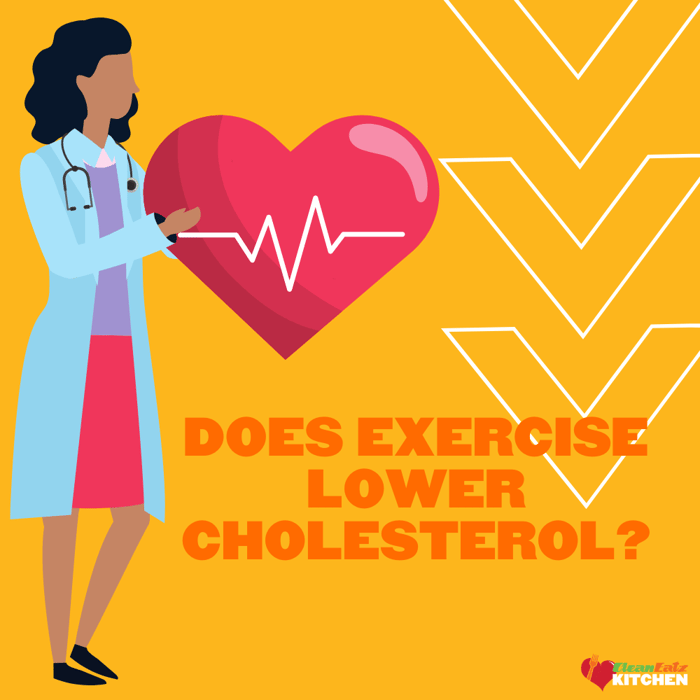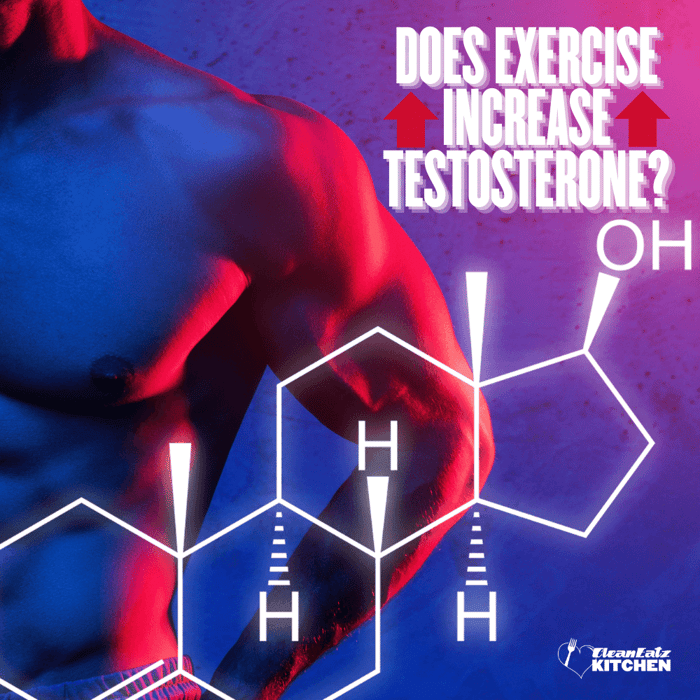How Does Exercise Lower Cholesterol? What Changes, What To Do, and How Long It Takes

Crystal Zabka-Belsky, MS, RDN, CSSD, LMNT, LDN
Nutrition
|
Exercises & Fitness
10/08/2025 12:42pm
3 minute read
Quick answer: Regular exercise improves your lipid profile by increasing how quickly you clear triglycerides, slightly lowering LDL and total cholesterol, and nudging HDL up over time. Adaptations include higher muscle lipoprotein lipase (for faster TG clearance), lower liver VLDL output, and improved HDL function. Most people see changes after about 8–12 weeks of consistent training.
On this page
- Why exercise changes cholesterol
- What actually changes (LDL, HDL, TG)
- How much & what types work best
- A simple weekly plan
- Nutrition moves that boost results
- What to eat from Clean Eatz Kitchen
- FAQ
Why exercise changes cholesterol
- Faster TG clearance: training raises muscle enzymes that help break down circulating triglycerides so muscles can use them for fuel.
- Less VLDL made by the liver: better insulin sensitivity and fat metabolism reduce VLDL production, lowering blood TG.
- HDL “quality” improves: exercise supports HDL’s role in moving cholesterol from tissues back to the liver (reverse cholesterol transport).
What actually changes (LDL, HDL, TG)
- Triglycerides (TG): commonly decrease with regular aerobic training.
- LDL & total cholesterol: often fall modestly when you train consistently.
- HDL: may rise slightly, especially with enough weekly volume.
- Beyond the basics: some studies also report improvements in non-HDL cholesterol and ApoB (risk-relevant markers).
How much & what types work best
- Baseline target: aim for 150 minutes/week moderate or 75 minutes/week vigorous aerobic activity, plus 2 days/week of strength. Short bouts add up.
- Aerobic training: brisk walking, cycling, swimming, running—consistency matters more than the exact style.
- HIIT vs steady state: both work; choose the one you’ll repeat.
- Strength training: complements cardio and supports body-composition changes that help lipids.
A simple weekly plan
- Mon: 30–40 min brisk walk or bike (moderate).
- Wed: 30–40 min full-body strength (push/pull/legs/core).
- Fri: 20–25 min intervals (1–2 min faster / 2–3 min easy × 6–8) + 10 min easy cool-down.
- Weekend (optional): 30–60 min hike, swim, or another steady session.
Most trials report lipid changes after ~8–12 weeks. Keep going—benefits build with time.
Nutrition moves that boost results
- Cut saturated fat; avoid trans fat: many adults benefit from keeping saturated fat modest while emphasizing whole foods.
- Add soluble fiber: beans, oats, and produce help pull cholesterol from the bloodstream.
- Weight-loss synergy: even a modest loss can amplify lipid improvements alongside exercise.
- Medication context: exercise is foundational but not a replacement for clinician-directed therapy when indicated.
What to eat from Clean Eatz Kitchen
- Build-A-Meal Plan — set portions/macros for training days; emphasize lean proteins + high-fiber sides.
- Meal Plans — balanced options to help keep saturated fat reasonable.
- Cleanwich — quick post-workout carbs + protein to anchor recovery.
FAQ
How long does it take exercise to lower cholesterol?
Meaningful changes often appear after 8–12 weeks of consistent training—then continue to improve over months.
What type of exercise is best?
Aerobic training drives most improvements; adding 2 days of strength per week supports additional cardiometabolic benefits.
Is HIIT better than steady cardio?
Both are effective. Pick the approach you’ll repeat consistently.
Can I stop my statin if I exercise?
No—don’t change medications without your clinician. Exercise works with guideline-directed therapy when needed.
What if my HDL doesn’t rise?
HDL can be slow to change and is only one piece. Triglycerides, LDL/non-HDL, ApoB, and overall risk matter too—keep training and optimize diet quality.



